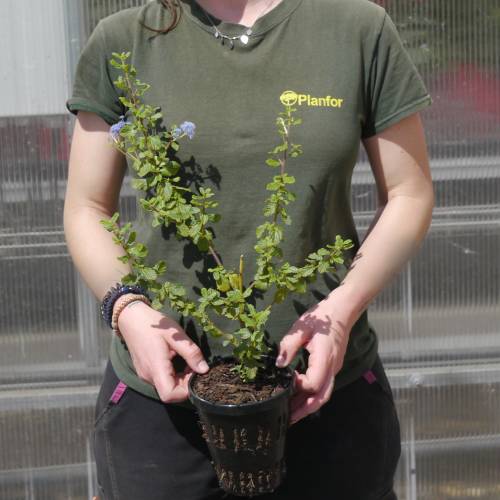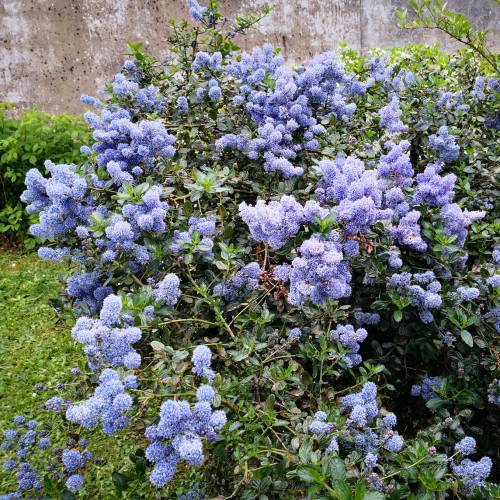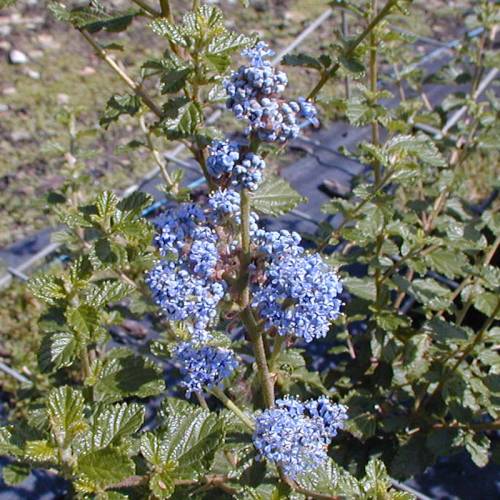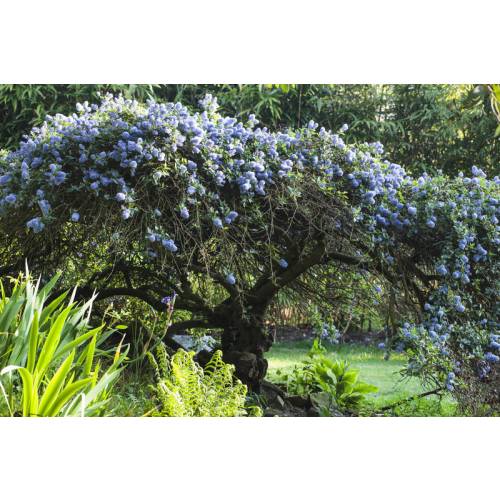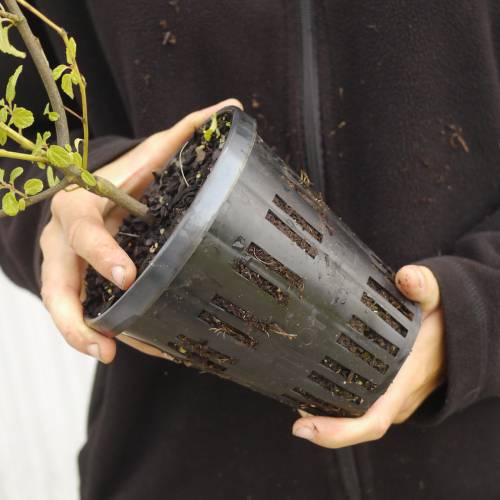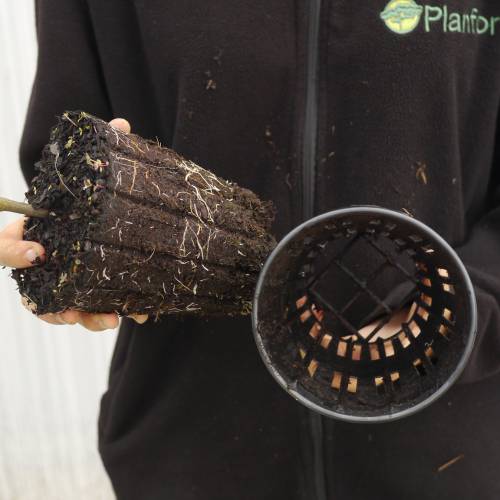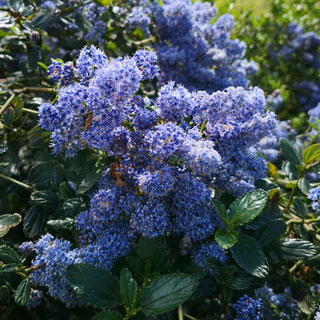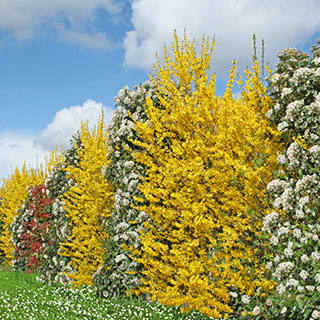
Plants
Lilac, California / Ceanothus burkwoodii
-
9.88 € California lilac - Ceanothus burkwoodii
1243P - Available
-
9.31 € California lilac - Ceanothus burkwoodii
1243Q - Available
-
8.27 € California lilac - Ceanothus burkwoodii
1243R - Available
-
7.23 € California lilac - Ceanothus burkwoodii
1243S - Available
-
6.19 € California lilac - Ceanothus burkwoodii
1243u - Available
-
5.67 € California lilac - Ceanothus burkwoodii
1243V - Available
-
5.15 € California lilac - Ceanothus burkwoodii
1243J - Available
-
4.63 € California lilac - Ceanothus burkwoodii
1243L - Available
-
3.95 € Special Offer - 20%
1243T - Available
-
3.59 € California lilac - Ceanothus burkwoodii
1243K - Available
-
3.07 € California lilac - Ceanothus burkwoodii
1243M - Available
-
2.55 € California lilac - Ceanothus burkwoodii
1243N - Available
-
0.40 € FERTILISER
1243A - Available
-
Area of origin: California.
Adult Dimensions: Height up to 1.5m, width up to 1.5m (4.9').
Foliage : Evergreen.
Soil Type: Avoid too much lime or soil that is too compact.
Hardiness: tolerant to -12°C. Fairly hardy but protect from very cold winds. Very good resistance to atmospheric pollution.
Exposure: Semi-shade to full sun.
Properties and uses:
Very beautiful abundant flowers of bright blue which are stunning against the dark green foliage. This magnificent shrub is planted alone in the ground or in a container and also within flowerbeds. It is also very good for attractive hedging. It does well with pruning and can be cut to shape.
Jean-Michel Groult advises you
This shrub, with its vivid blue flowers and its glossy leaves makes you dream of seaside resorts and far away horizons. However, this is an easy shrub to grow which has nevertheless some requirements.
Where to plant a Ceanothus ?
The evergreen varieties are native of California: therefore they suffer in cold climates. Evergreen varieties, more fragile, suffer at approximately -6/-8°C, while the deciduous varieties withstands temperatures up to -15°C, as long as their roots are kept dry. The most decorative Ceanothus is nevertheless the one that keep its green foliage all year round. But remember, whatever their variety, all the Ceanothus need warmth and sun. Plant them against a protective wall. However, it is not in the southern areas of France that they are the most beautiful, but in the West, as they do not like dry environments during summer. Moreover, they withstand wind and sea spray.
Ceanothus like neutral to acid soils, standard, light and free draining. How to know if your soil is free draining? After a good downpour, the puddles must have disappeared within an hour. If this is not the case, improve drainage or plant your Ceanothus on a small mound. In too damp soil, Ceanothus can suffer from root rot, a pathogenic fungus of the roots, which make them wither. Beware of your automatic irrigation system: The Ceanothus hates it because of this fungus!
In a pot, the Ceanothus grows well, may be even better than in the ground. You just have to water it as often as necessary, but taking care of not letting the earth waterlogged. It is not always that easy and often, a Ceanothus which does not thive in pots has suffered from a lack of watering.
Care
A light pruning (a quarter of the branches) just after the first blossom makes them blossom again until the first frost and allow them to keep a compact shape. Do not wait too long to prune after flowering as the plant must have the time to renew its vegetation. It is best to prune regularly but lightly than every 3 to 4 years and abundantly. Indeed, they have difficulties to regrow on old wood.
As winter approaches, you can cut back the deciduous varieties and earth up their roots. Around the evergreen Ceanothus, you can place several layers of wintering fleece
The Ceanothus does not need fertilizer. Unlike a lot of garden shrubs, it does not need either mulch or compost. In one word, when your Ceanothus thrives, do not give it more than it wants for! A Ceanothus can live 15 to 20 years and take on a harmonious shape, while thinning out at the base. Then, It always makes an effect.


